Toll Free: (866) 215-0651
Local: (657) 900-2066
Plug and Play vs. Pro Play: Why DIY Electrical Machinery Installation is a Risky Gamble
Embarking on a self-installed electrical machinery setup may seem appealing, but the associated risks outweigh the initial allure. In this comprehensive guide, we'll delve into DIY installations' potential dangers and complications, emphasizing the importance of opting for professional expertise. Discover why the smart choice is to secure a hassle-free electrical setup through certified professionals.
Legal Liabilities: Navigating the Compliance Maze
DIY installations may inadvertently breach safety regulations and building codes, exposing your business to legal repercussions. Certified professionals are well-versed in compliance standards, ensuring your installation meets all necessary legal requirements. By choosing professional expertise, you safeguard your business and gain peace of mind knowing that your electrical setup adheres to industry regulations.
Safety Hazards: Shock-Free Zones and Fire Prevention
The world of electrical work is fraught with potential dangers, and DIY installations significantly increase the risk of electrical shocks, fires, and other safety hazards. Professional installers bring a wealth of experience in implementing robust safety measures. From proper grounding techniques to correct wire connections, their expertise ensures a secure installation, creating shock-free zones and minimizing the fire risk. Your safety and your team's are non-negotiable – make the smart choice for a safe workplace.
Potential Damage to Expensive Equipment: Guarding Your Investments
Electrical machinery represents a substantial investment; a DIY installation gone awry can lead to irreversible damage. Professionals understand the intricacies of each system, ensuring a precise and secure setup. Protect your expensive equipment from the risks of improper connections, voltage fluctuations, and other installation-related issues. By choosing professional expertise, you're not just investing in knowledge; you're safeguarding your assets and ensuring the longevity of your valuable equipment.
Long-Term Reliability: The Expert Advantage
Beyond the immediate risks, professional installations offer long-term reliability. Certified technicians bring precision and attention to detail that DIY enthusiasts might overlook. With professional expertise, you can expect a setup that meets current standards and is future-proofed, adapting to evolving electrical requirements.
Conclusion: Make the Smart Choice – Choose Professional Expertise
The choice between DIY and professional expertise is apparent in electrical machinery installation. DIY ventures pose significant risks in terms of legal liabilities, safety hazards, and potential damage to valuable equipment. Choosing certified professionals is the intelligent choice, ensuring a reliable, compliant, and secure electrical setup for your business. Don't gamble with your installation – invest in professional expertise for a worry-free experience that prioritizes safety, compliance, and the long-term success of your operations.
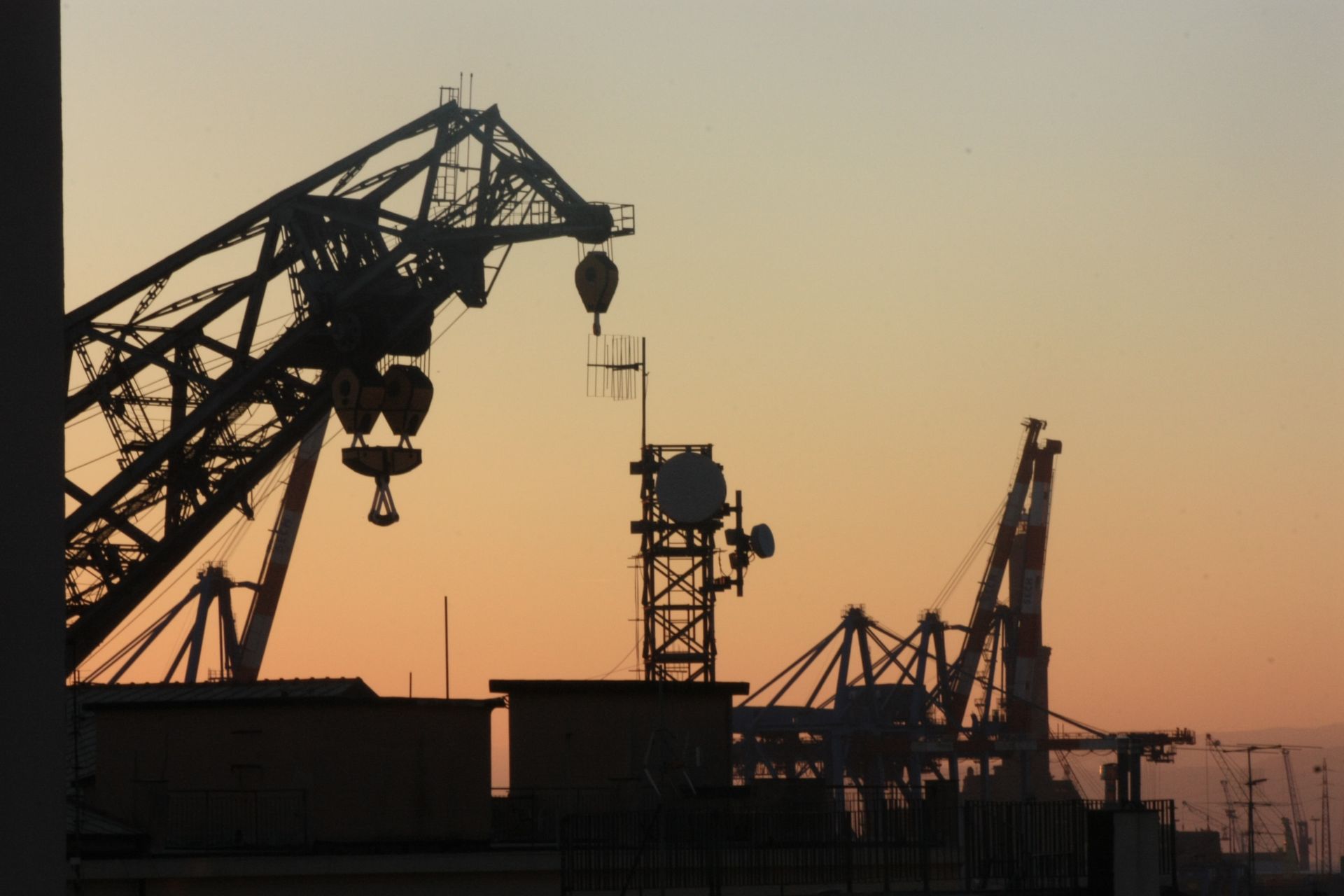


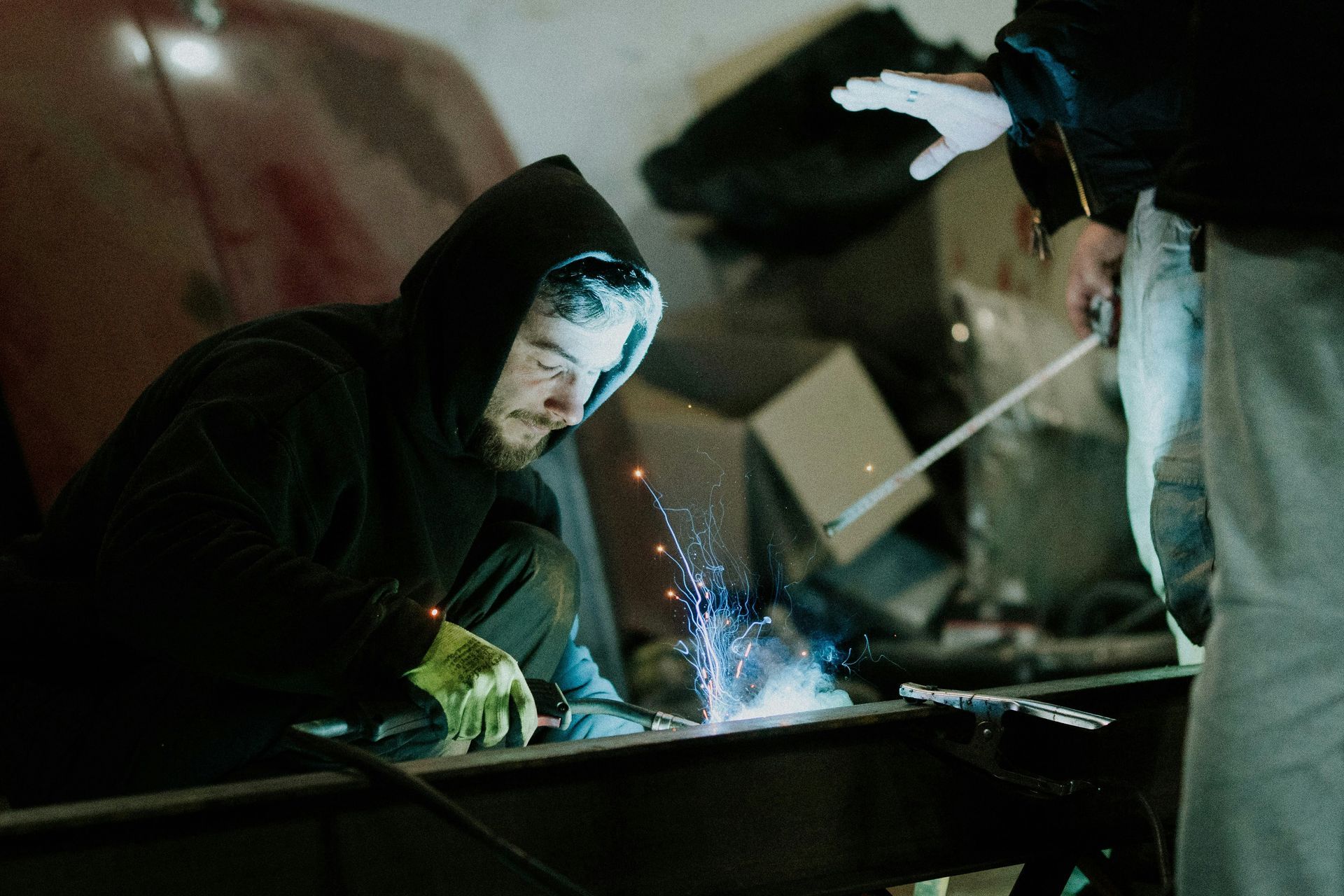
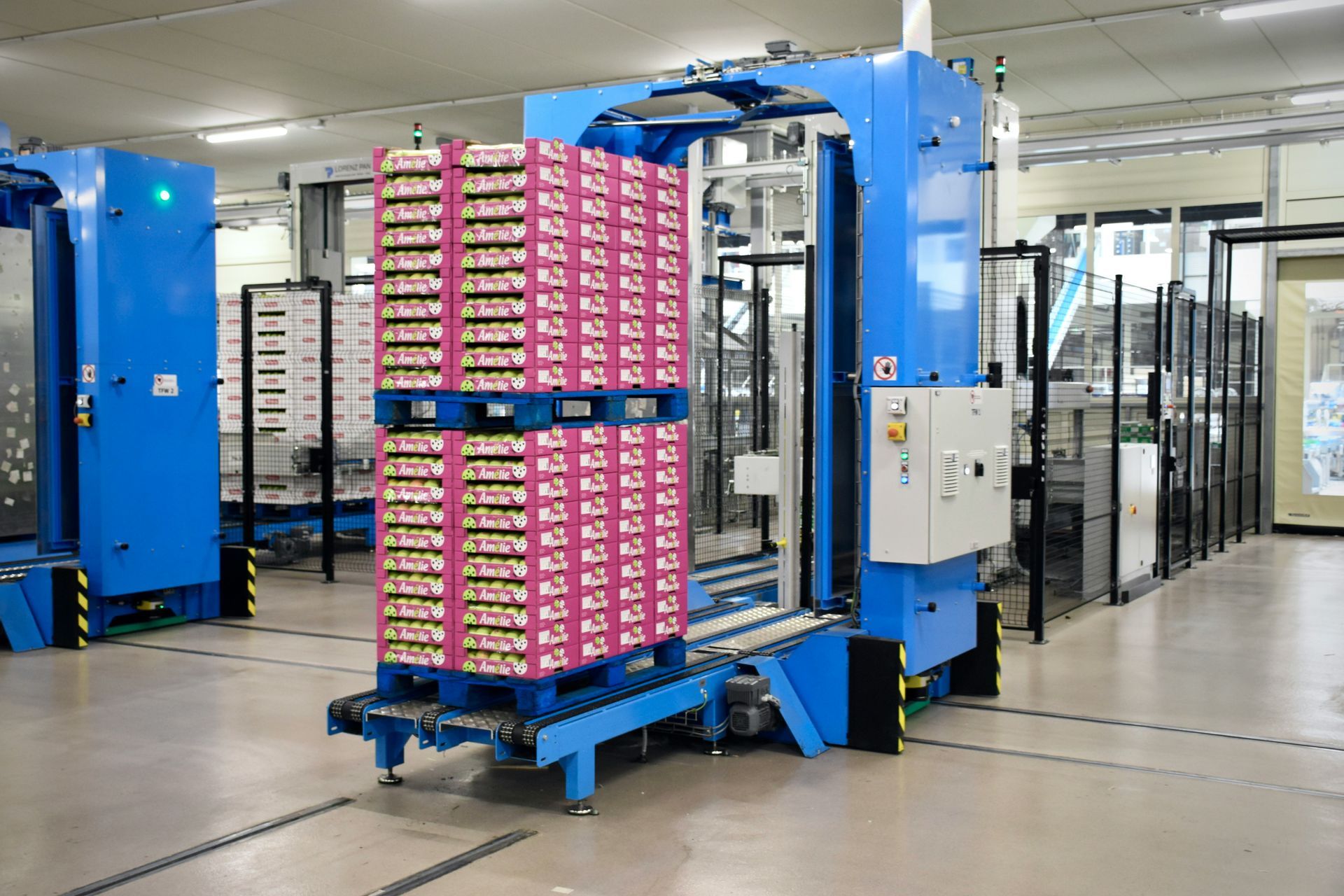
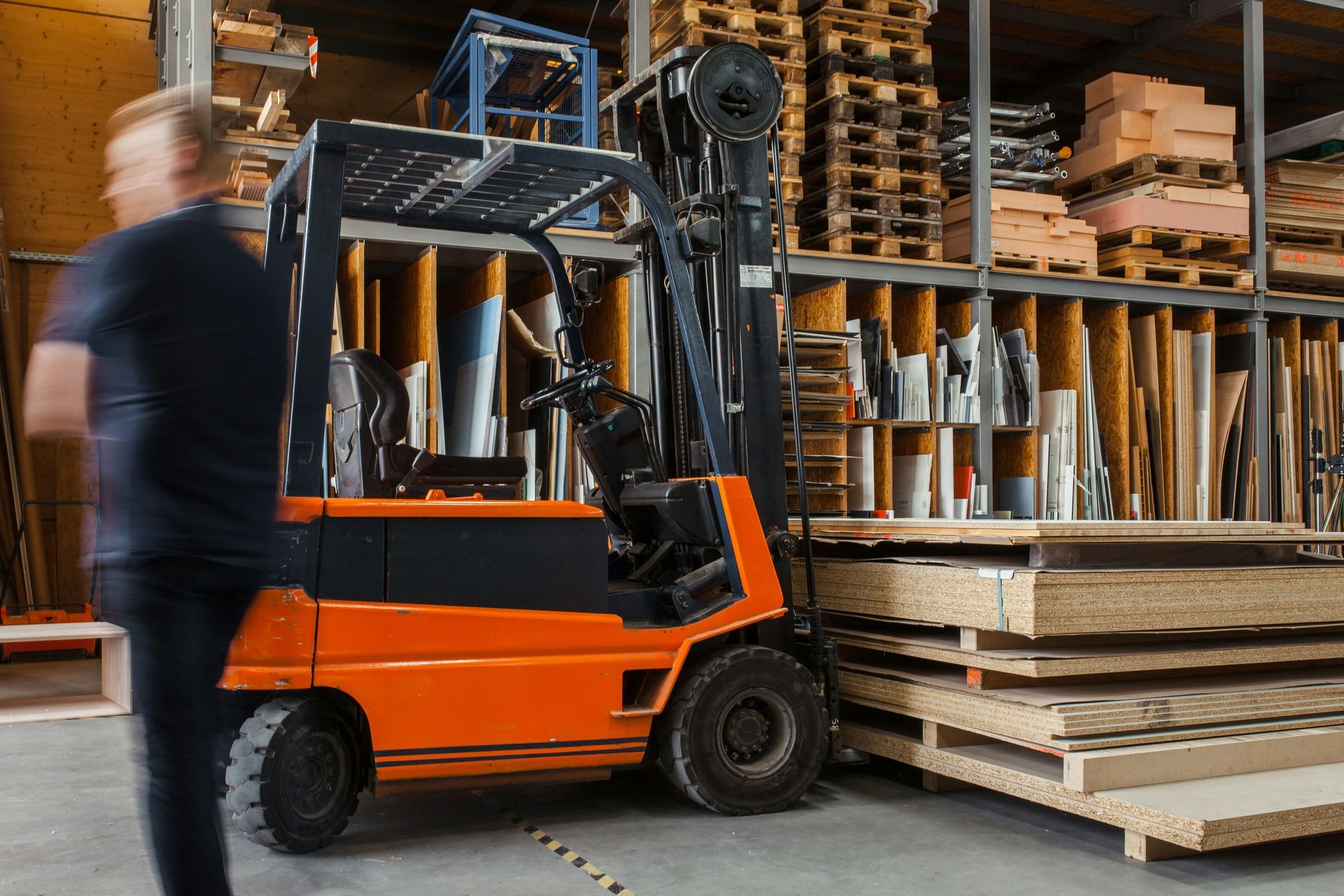
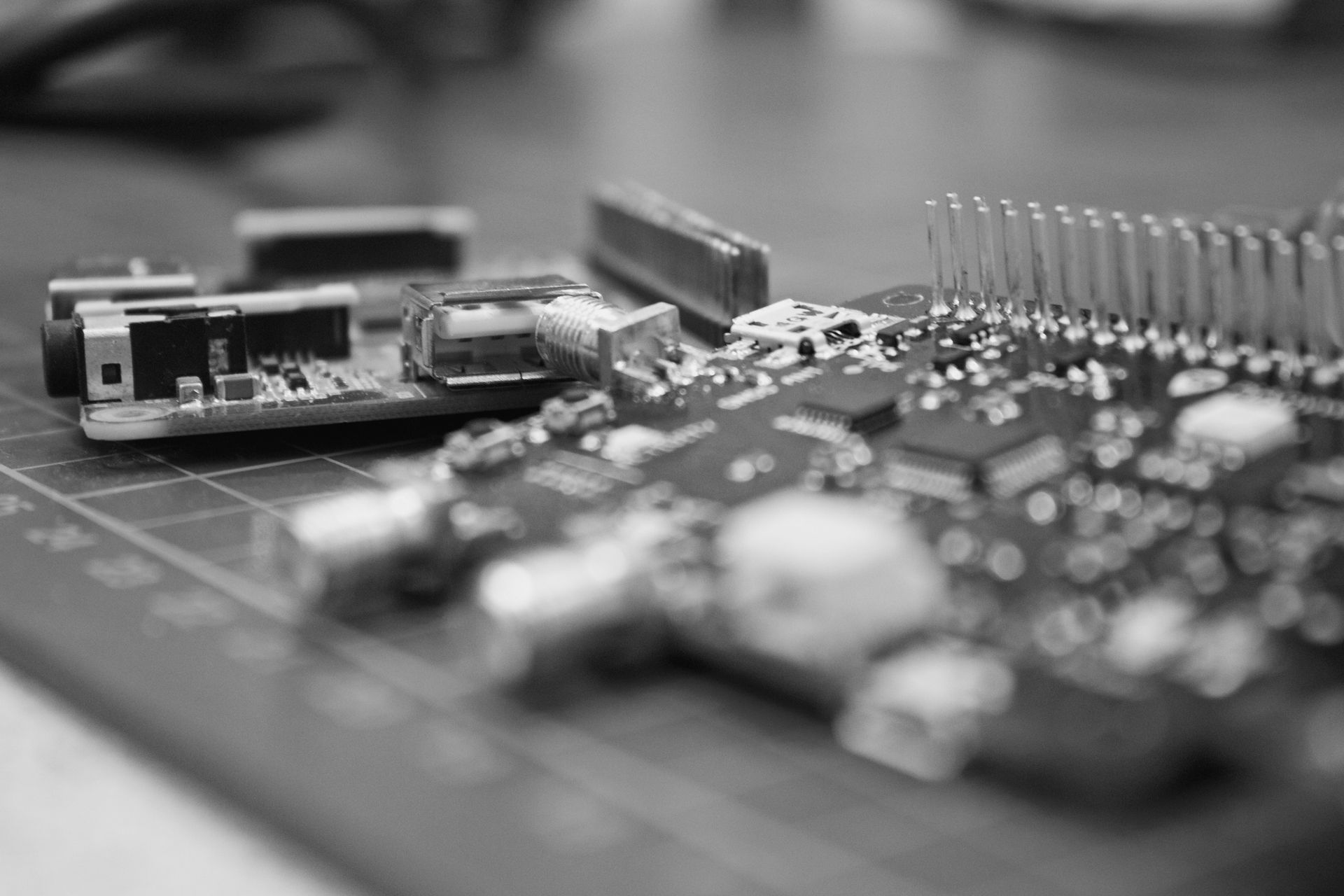
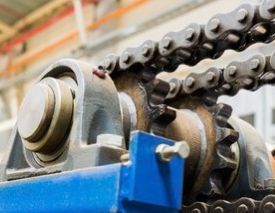
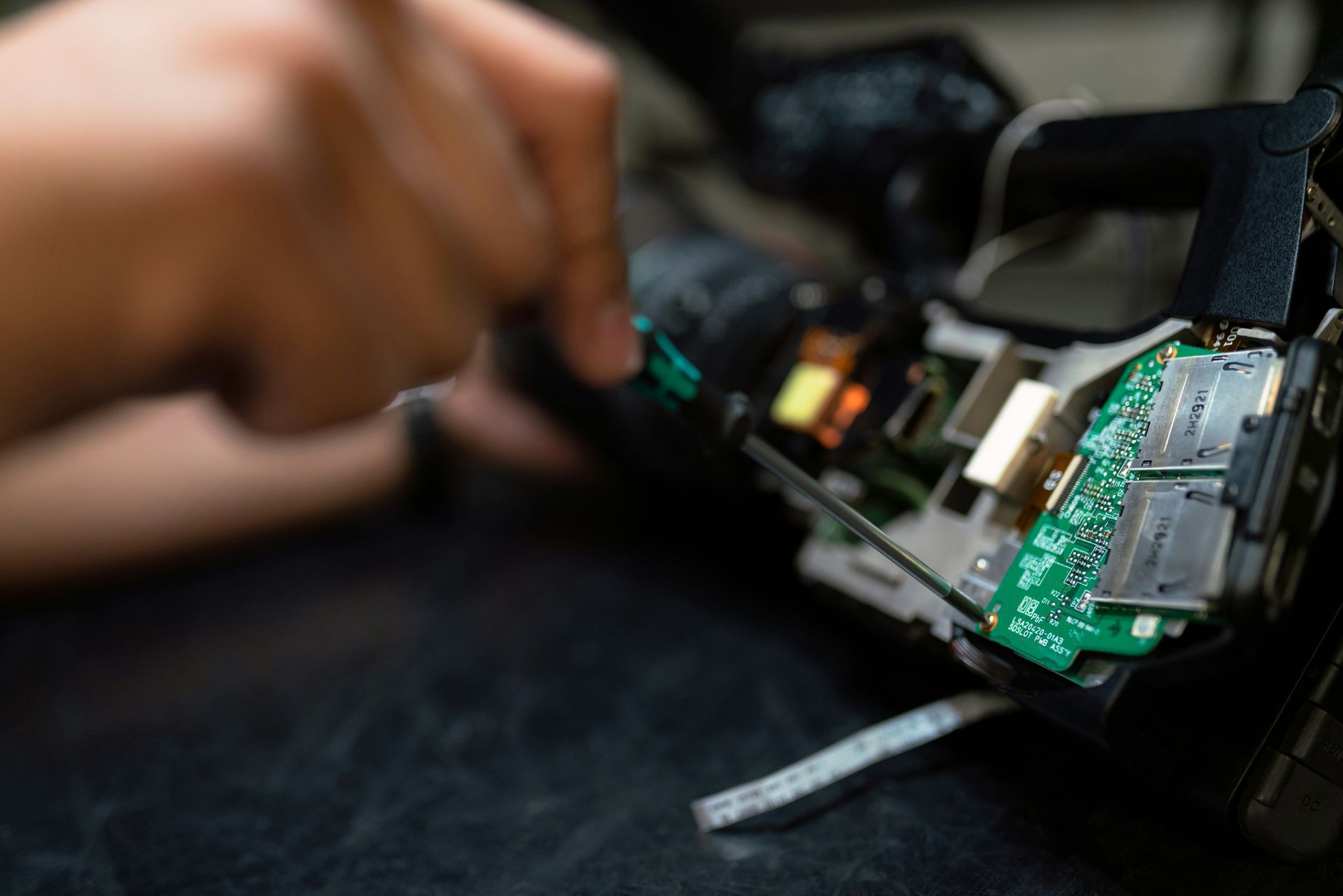
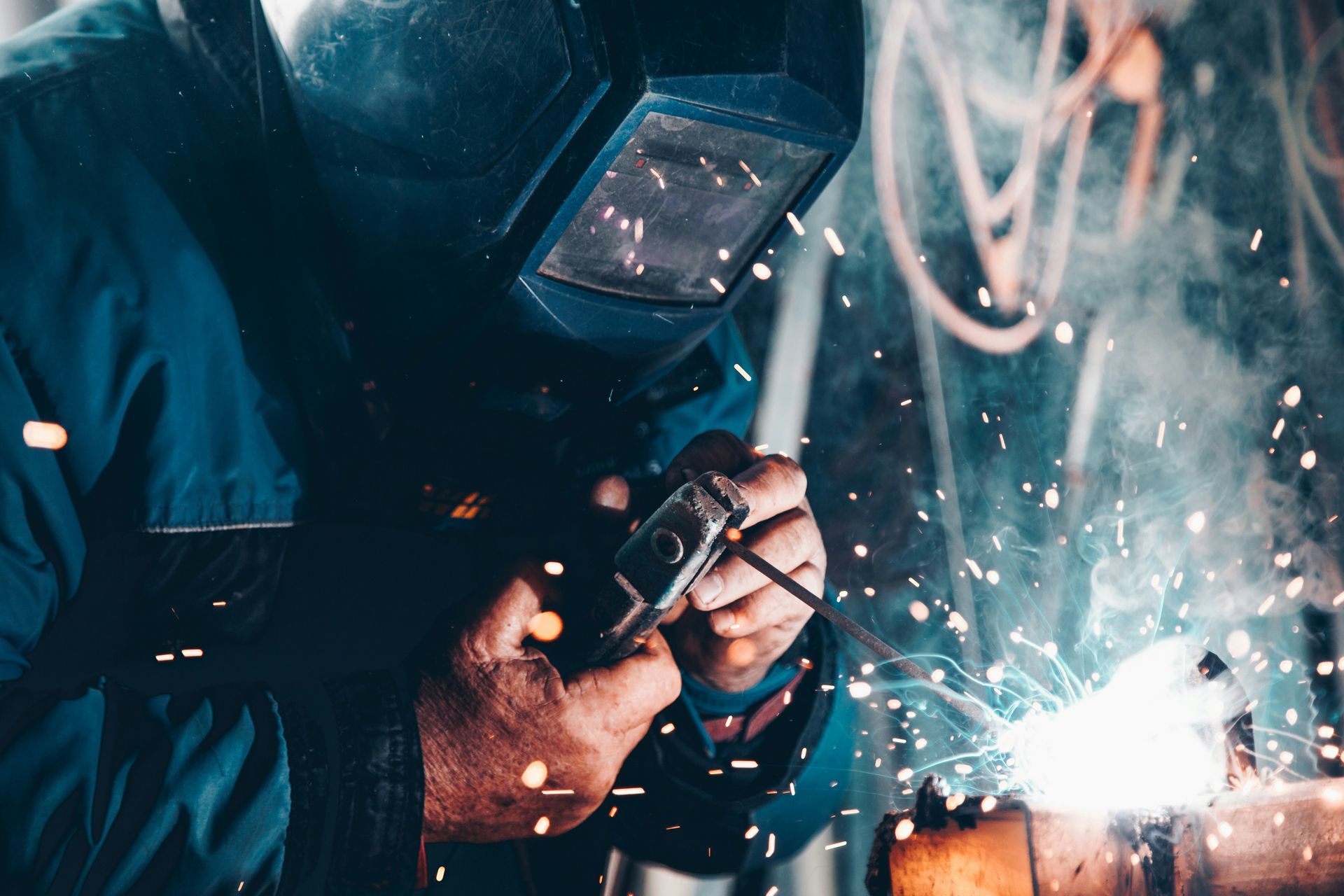
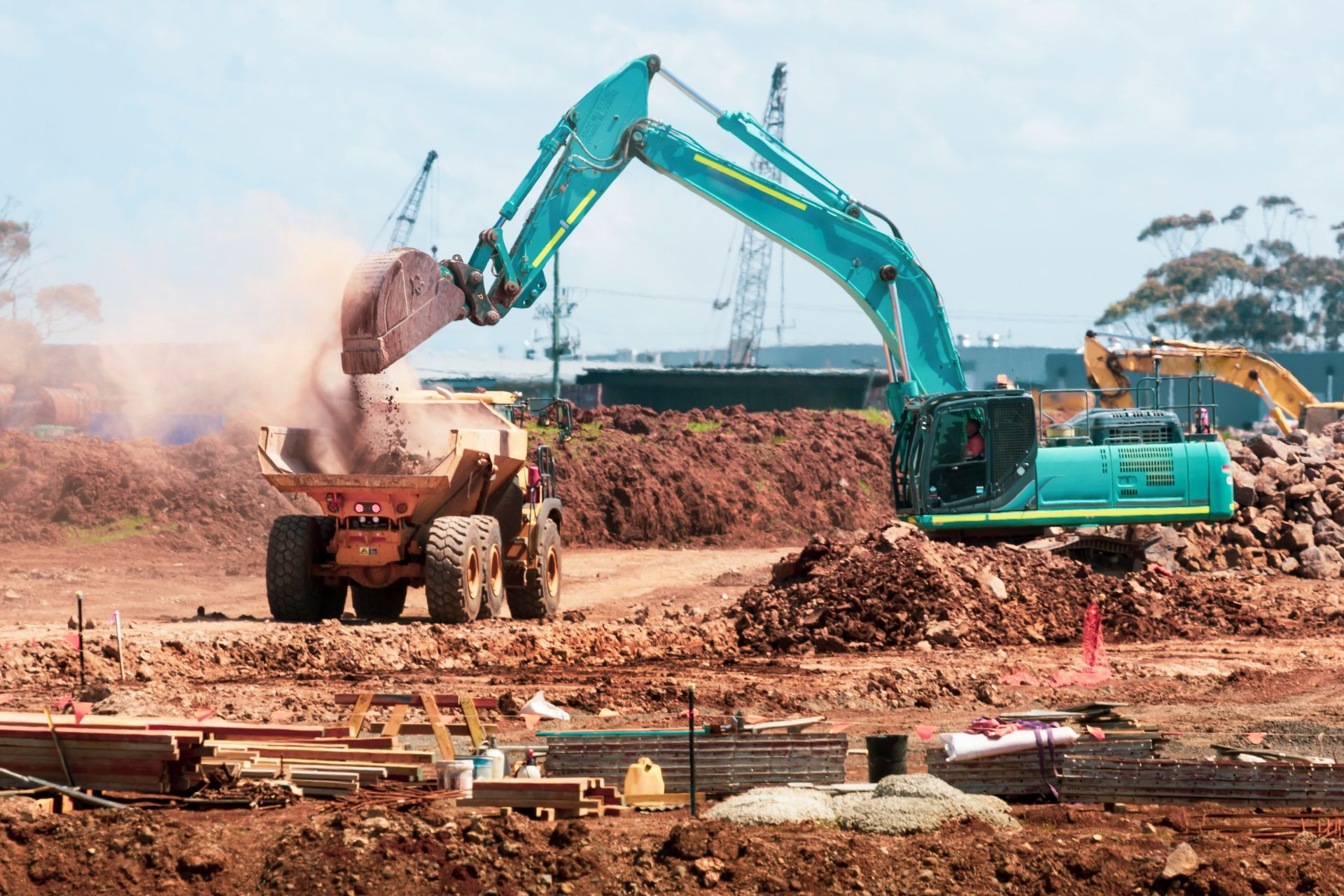
Share On: